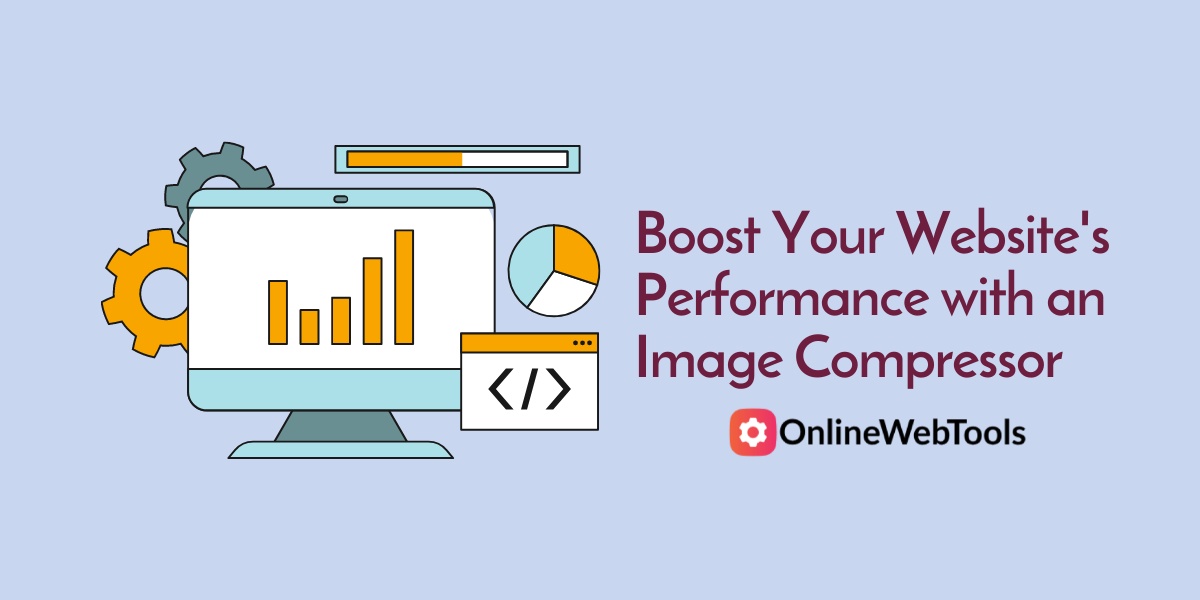In today's digital landscape, the need for visually appealing websites is undeniable. High-quality images are crucial for engaging visitors and conveying your message effectively. However, there's a catch: large image files can slow down your website's loading speed, negatively impacting user experience and search engine rankings. This is where an image compressor comes to the rescue, and in this blog, we'll explore the benefits of using one and how it can help you optimize your website for both users and search engines.
Why Image Compression Matters
-
Page Load Speed
Page load speed is a critical factor in SEO. Google has explicitly stated that faster-loading websites rank higher in search results. When your website loads quickly, visitors are more likely to stay and engage with your content, leading to lower bounce rates. A free image compressor reduces the file size of your images without compromising quality, resulting in faster page load times.
-
Improved User Experience
User experience is not only crucial for SEO but also for retaining and converting visitors. Large, slow-loading images can frustrate users, making them abandon your site. Compressed images ensure that your website remains fast and responsive, creating a positive user experience.
-
Mobile Optimization
With an increasing number of users browsing on mobile devices, it's vital to optimize your website for mobile. Compressed images load faster on mobile connections and consume less data, making your site more accessible to a broader audience.
Choosing the Right Image Compressor
Now that we understand the importance of image compression, let's discuss how to choose the right image compressor:
- Online Tools: Many online image compressors like onlinewebtools.org/compress-image-to-1mb, TinyPNG, Compressor.io, and Optimizilla are user-friendly and free to use. They allow you to upload and compress images without the need for software installation.
- WordPress Plugins: If you're using WordPress, consider plugins like WP Smush and ShortPixel. These plugins automatically compress images as you upload them to your website.
- Standalone Software: For more advanced users, standalone image compression software like Adobe Photoshop or ImageOptim provides greater control over the compression process.
Tips for Effective Image Compression
- Balance Quality and Size: Striking a balance between image quality and file size is crucial. Experiment with different compression levels to find the sweet spot for your website.
- Choose the Right Format: JPEG is best for photographs and images with many colors, while PNG is ideal for images with transparency. Choose the right format to maximize compression.
- Image Dimensions: Resize images to the exact dimensions required on your website. This ensures you're not displaying larger images than necessary.
- Alt Text: Don't forget to add descriptive alt text to your images. Alt text helps search engines understand the content of your images, improving accessibility and SEO.
Image compression is an essential tool in your SEO arsenal. It enhances your website's performance, improves user experience, and boosts your search engine rankings. By implementing image compression techniques and choosing the right tools, you can strike the perfect balance between image quality and website speed, creating a winning formula for online success.
Incorporating image compression into your SEO strategy is a small change that can yield significant results. Give it a try, and watch your website soar to the top of search engine rankings while providing a seamless, enjoyable experience for your visitors.


No comments yet